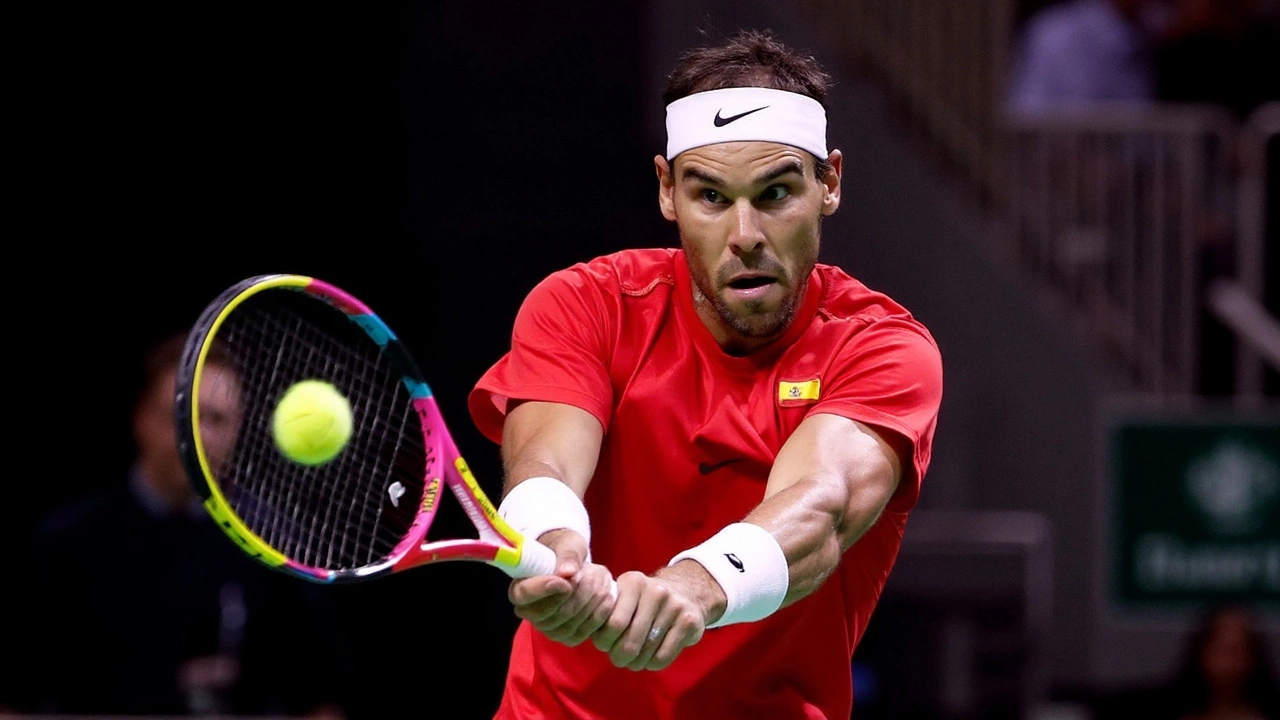Grand Slam titles – everything you need to know
When talking about Grand Slam titles, the four premier tennis championships that define a player's legacy. Also known as major titles, they represent the ultimate test of skill, stamina and mental toughness in the sport.
These titles encompass the Australian Open, the French Open, Wimbledon and the US Open. Each tournament has its own surface, history and set of challenges. For instance, the Australian Open, a hard‑court event held each January in Melbourne demands fast reflexes and aggressive play, while Wimbledon, the only grass‑court major held in London every summer tests a player's adaptability on a slick, low‑bouncing surface.
Why Grand Slam titles matter for players and fans
Winning a Grand Slam requires peak physical fitness, strategic versatility and the ability to handle pressure through five intense matches. The ranking points earned at these events shape seedings for the rest of the season, influencing draw difficulty and sponsorship opportunities. Moreover, record‑breaking athletes like Roger Federer, who holds 20 Grand Slam titles and exemplifies elegance on court become cultural icons, inspiring new generations and driving global viewership.
Grand Slam titles also influence national pride. Countries celebrate each victory as a testament to their tennis development programs. The media buzz, ticket sales, and social media chatter peak during these weeks, turning each tournament into a worldwide spectacle. Fans compare eras, debate surface preferences, and track statistics like longest winning streaks or most consecutive titles.
From a business standpoint, the majors attract the highest prize money, broadcasting deals and advertising revenue. Sponsors align with the prestige of Grand Slam events, knowing the audience spans continents and demographics. This commercial power fuels grassroots initiatives, scholarship funds and infrastructure upgrades across tennis federations.
In practical terms, aspiring players study past champions to learn patterns of success. They analyze serve speeds, break-point conversions, and mental routines that helped athletes secure multiple titles. Coaches design training cycles around the four‑month Grand Slam calendar, ensuring athletes peak at the right moments.
For casual fans, understanding Grand Slam titles adds depth to watching matches. Knowing why a Wimbledon grass court favors serve‑and‑volley players or why the French clay demands endurance changes how you appreciate each rally. It also helps decode commentary about "career Grand Slams" or "Calendar‑Year Grand Slams," terms that carry significant historical weight.
Below you’ll find a curated collection of articles that dive into the latest news, historic milestones, player profiles and tactical analyses related to Grand Slam titles. Whether you’re tracking record‑breaking runs, seeking match previews, or looking for behind‑the‑scenes stories, this roundup has you covered.
